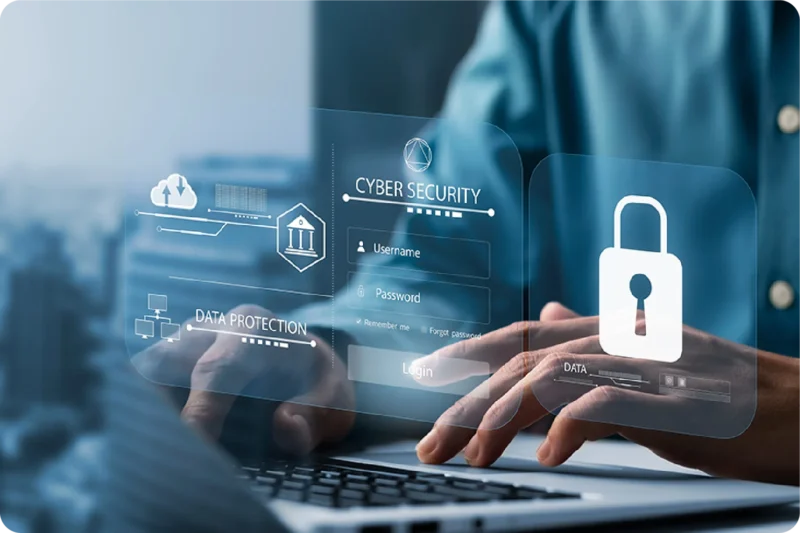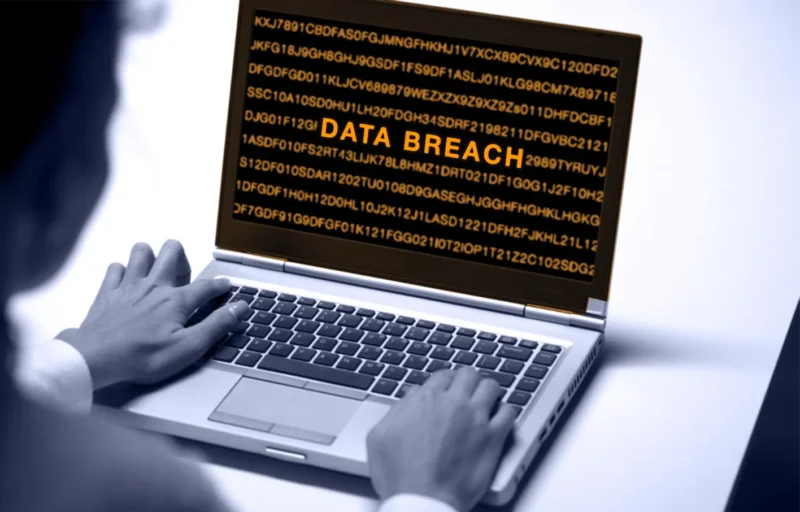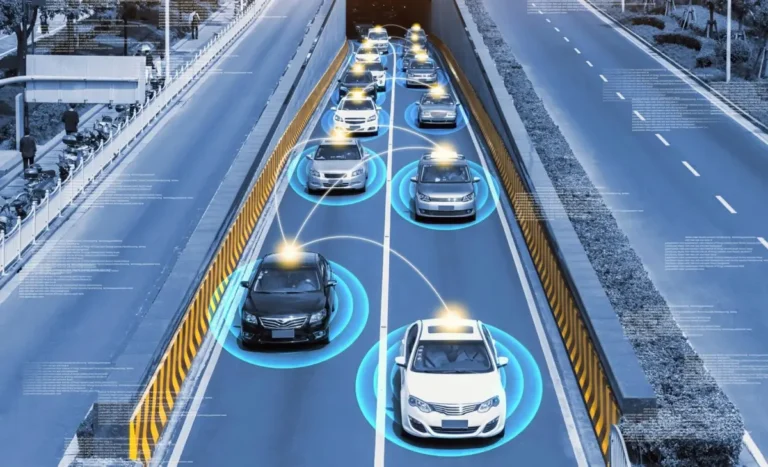The healthcare industry has become a prime target for cybercriminals, and nursing homes are no exception. These facilities store vast amounts of sensitive patient data—medical histories, Social Security numbers, and financial details—making them attractive to hackers. A single breach can have devastating consequences, from identity theft to fraudulent billing schemes that drain a resident’s life savings.
Weak cybersecurity measures not only expose elderly patients to financial and medical risks but can also lead to serious legal consequences for nursing homes. When a facility fails to protect patient data, families may be left with no choice but to seek legal help for nursing home abuse. As threats continue to evolve, securing IT infrastructure has never been more critical for long-term care facilities.
Cybersecurity Threats in Nursing Homes & Their Consequences

Nursing homes rely on digital systems to manage patient records, billing, and communications. While these technologies improve efficiency, they also introduce vulnerabilities that cybercriminals are quick to exploit. Without strong security measures, nursing home residents can become victims of fraud, identity theft, and even disruptions in medical care.
Ransomware Attacks Jeopardizing Patient Care
Ransomware has become one of the most damaging cyber threats in healthcare. Attackers encrypt critical patient data and demand payment for its release, forcing providers to choose between financial losses and operational paralysis. In nursing homes, these disruptions can delay medication administration, interfere with medical equipment, and compromise patient safety. As cybercriminal tactics evolve, organizations must stay ahead by understanding new risks and solutions in healthcare cybersecurity.
Data Breaches & Identity Theft

A breach of nursing home records can expose residents’ Social Security numbers, health insurance details, and financial data. This information is highly valuable on the black market, where stolen identities are often used to make fraudulent Medicare claims or open unauthorized credit lines.
Financial Fraud & Elder Exploitation
Hackers don’t always target large-scale data theft—sometimes, they focus on individual residents. Cybercriminals may use phishing scams to impersonate healthcare providers, convincing elderly patients to share personal details, or make fraudulent payments. In some cases, stolen data is even exploited by bad actors within the facility, leading to financial abuse.
Regulatory Non-Compliance & Legal Liability
Nursing homes are required to comply with HIPAA (Health Insurance Portability and Accountability Act) and other data protection regulations. A failure to safeguard patient information can result in hefty fines, reputational damage, and legal action from affected families.
The Legal Side: When Poor Data Security Leads to Nursing Home Abuse
A data breach in a nursing home compromises sensitive information and can have devastating real-world consequences for residents. When personal and medical records fall into the wrong hands, elderly patients can become victims of financial exploitation, fraudulent medical billing, or even identity theft, which can impact their access to care.
Facilities that fail to implement adequate cybersecurity measures may face serious legal consequences. HIPAA violations can result in fines reaching millions of dollars. Beyond regulatory penalties, nursing homes can also be held legally accountable when their negligence leads to harm. Families seeking legal help for nursing home abuse often discover that poor data security was a contributing factor in cases of financial exploitation or medical mismanagement.
Lawsuits and regulatory actions against healthcare providers have increased in response to growing cybersecurity threats. As cybercrime evolves, legal and compliance standards are becoming stricter, making data protection a critical responsibility for nursing homes.
How Reliable IT Infrastructure & Secure Data Centers Can Prevent These Risks
Preventing cyber threats in nursing homes starts with a strong IT foundation. Outdated systems, unencrypted data, and weak network protections make long-term care facilities easy targets for cybercriminals. A secure infrastructure helps nursing homes safeguard sensitive information, ensure regulatory compliance, and protect residents from fraud and exploitation.
Colocation Services for Enhanced Security
Housing critical data within a secure colocation facility reduces the risks associated with on-premises servers. Colocation providers offer advanced physical and digital security measures, including firewalls, intrusion detection systems, and 24/7 monitoring, to prevent unauthorized access. These facilities follow strict data center physical security standards to protect sensitive information from cyber threats and unauthorized breaches.
Compliance-Driven IT Security
Regulatory requirements, including HIPAA, SOC 2, and ISO 27001, mandate strict data protection protocols. A well-managed IT infrastructure ensures compliance by encrypting sensitive data, restricting access through multi-factor authentication, and maintaining secure backups. When nursing homes store data in a facility that meets these standards, they reduce the risk of breaches and legal liability.
Reducing Downtime & Cyberattack Impact
A cyberattack can disrupt patient care if critical systems go offline. Distributed denial-of-service (DDoS) attacks, ransomware infections, or hardware failures can render electronic health records and billing systems inaccessible. Secure cloud-based solutions and disaster recovery plans allow nursing homes to restore operations quickly, minimizing the impact on resident care.
Investing in reliable IT infrastructure and secure data centers not only helps nursing homes defend against cyber threats but also strengthens trust with residents and their families. When facilities take data protection seriously, they reduce financial and legal risks while ensuring uninterrupted care.
Final Thoughts: Strengthening Data Security in Nursing Homes

Cyber threats targeting healthcare facilities are becoming more sophisticated, and nursing homes must adapt to protect residents’ sensitive information. A single data breach can expose elderly patients to financial fraud, identity theft, or even disruptions in medical care. Beyond the immediate risks, inadequate security measures can lead to legal action, regulatory fines, and lasting reputational damage.
By investing in secure IT infrastructure, colocation services, and compliance-driven cybersecurity strategies, nursing homes can significantly reduce their exposure to cyber threats. Protecting patient data is not just a regulatory requirement—it is essential for maintaining trust and ensuring the safety of those who rely on long-term care facilities
Related Posts:
- How Managed PKI Protects Your Online Data
- What is Domain Hijacking? Identifying and Avoiding Risks
- How Your Environment Can Affect Your Willingness to…
- 5 Valid Reasons to Put Money into a Home Security System
- What Are the Most Important Data Center Security Standards
- The Server Room Explained and the Importance of Security








